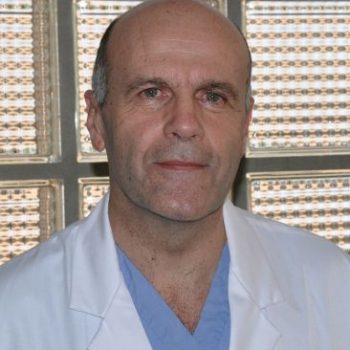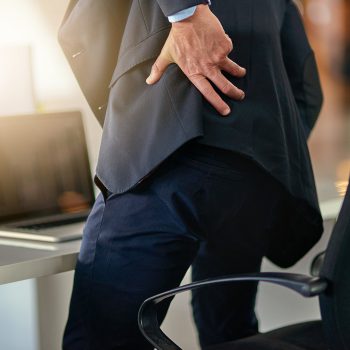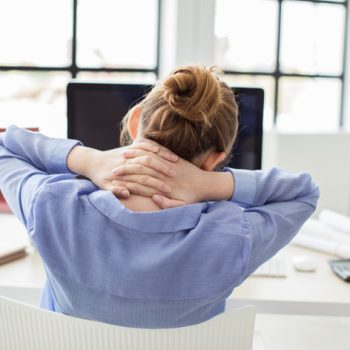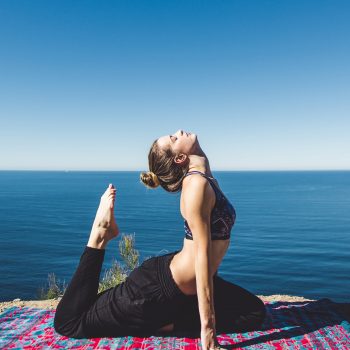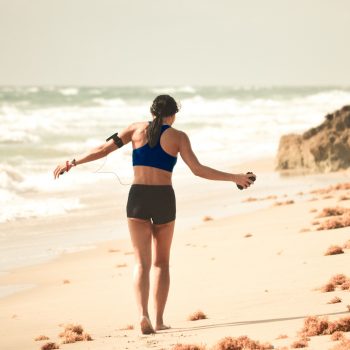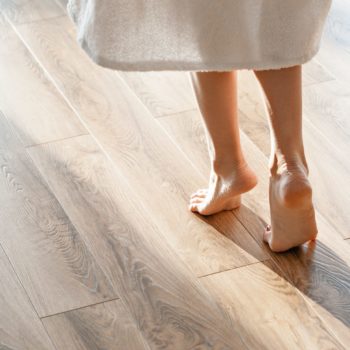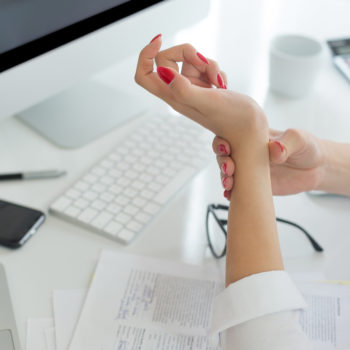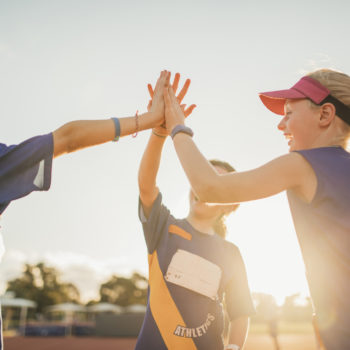Backache is one of the most common conditions in the general population. In many cases low back pain is associated with the hernia of the disc, a condition in which the gelatinous material that forms the core of the disc itself comes out by pressing against the fibrous ring that surrounds it. If sedentariness is one of the risk factors of hernia in the disc, it can naturally also affect athletes by forcing them to stop: “Symptomatology makes a difference. If the hernia of the disc is symptomatic, it is essential to stop any activity and proceed with the treatment. But even in the presence of an asymptomatic hernia we must pay attention to the type of physical exercise practiced”, recalls Dr. Piero Volpi, Head of Orthopedics and Knee Traumatology at the Humanitas Sport Department.
Column rotation and compression
The hernia of the disc can be reported by more or less relevant and disabling symptoms, from back pain to sciatalgia (the infamous “sciatica”). Pain, due to irritation of the nerve root, can be irradiated from the gluteus to the leg even reaching the foot: “When symptoms are felt, the disc hernia contraindicates sporting activity. However, you can practice forms of physical activity that are part of hernia therapy. Pilates exercises and swimming are the disciplines that have proved to be most effective thanks to the spinal stem stretching exercises. Even simple walks can help overcome pain,” says Dr. Volpi.
Those who are affected by a herniated disc and practice sports that solicit the spinal column, must stop those activities: “The hernia of the disc is a frequent disorder between those who play football, basketball, volleyball but also those who practice boxing or devote themselves to strength sports such as free combat, martial arts, judo, karate, as well as weightlifting. These disciplines include rotation and compression movements that load the stem and compress the intervertebral discs.
But even those who do not have a symptomatic hernia must be attentive to these sports: “A magnetic resonance may reveal the presence of a non-symptomatic disc hernia. However, this could degenerate precisely because of wrong movements, rotation and compression”.
The same risk is present in the presence of disc protrusion, often the anteroom of hernia. This form of discopathy – continues Dr. Volpi – causes the outer ring of the disc to be “exhausted”, with the longitudinal ligament intact and the gel of the pulpy core still inside. Protrusions and hernias mainly concern the fourth and fifth lumbar vertebrae and the first sacral vertebra (L4, L5, S1)”.
Musculature and lumbar support
With the resolution of symptoms and stabilization, the subject can return to physical activity. Beware, however, of the risk of going through a second event: “If hernia should reoccur, especially in professional athletes, it is necessary to resort to neurosurgery to resolve the condition”.
Muscle toning is useful for the wellbeing of the spine: “A proper paravertebral muscle tone helps to give stability to the spine, particularly in the lumbar area. Another useful advice is to wear back bands to protect the stem. They are elastic bands that support the lumbar district and ensure a correct postural arrangement especially for those who dedicate themselves to running”, concludes Dr. Volpi.

